When a Roman Emperor made the Catholic Church the state religion in 308 A.D., the Western world was robbed of its ritual roots where gatherings for dancing, altered states of consciousness, and communion helped people passionately connect to one another as well as the gods.
Catherine Bell, the religious studies scholar, explains rituals as “the means by which collective beliefs and ideals are simultaneously generated, experienced, and affirmed as real by the community. Hence, ritual is the means by which individual perception and behavior are socially appropriated or conditioned.”[1]
The Catholic Church – by making its rituals insular, and by extracting rites of passage from the lives of the people – caused humanity to cease coexisting in the same way. I feel this prevented humans from being reliant upon one another to interact in profoundly transformative ways. But that deep, archetypal longing still exists in each and every one of us.
RITUALS OF SOUND
In ancient rituals, where myths were repeated, acted out, and interacted with – a primary instrument of metamorphosis was music! Drumming rumbled through the crowd at 220 beats-per-minute (bpm) inducing an altered state of consciousness, influencing the participants’ brainwaves, and creating a trance state. In this state the ritual became the, “mechanism for integrating thought and action,” [1] where great shifts would occur for everyone involved.
Sometimes they were enacting myths that taught the community important lessons; sometimes people were dedicating themselves to a specific deity that would amplify their work-abilities; and at other times the youth were going through the steps to become adults. Priests and priestesses took hallucinogens, as it has been proven that at Delphi, “hallucinogenic gases rising from a nearby spring were preserved within the temple rock.” [2] During all of this, those who engaged in the rites experienced a heightened sense of community. Ritual was so important that during the various Holy Days in Greece, prisoners were released so that they could participate and remain a part of the community. [3]
Listen to our podcast episode with Julian Vayne talking about How To Craft The Perfect Psychedelic Ceremony or Click here to read the transcript
FINDING HAPPINESS
I went to my first rave in 1998. It was the first time that I truly encountered a “transcendent experience in terms of “feeling part of something larger than ourselves,”[4] that Barbara Ehrenreich describes in Dancing in the Streets: A History of Collective Joy. The music was different than what I was regularly listening to, the people were happier, and it was the first time I took Ecstasy.
I remember sitting in the mist of the fog machines blowing smoke, the lights causing patterns to dance in the air, and the deep bass of the music. “This is it!” I thought. “This is what the ancients experienced. Here, the youth of the West are subconsciously creating the same experience as the tribes in Africa, the Aborigines in Australia, the temples of Ancient Greece! Here is that sense of community and true connection.”
At that time in my life I was immensely wrapped up in the Goth scene, and was still working through being the child of an abusive alcoholic. After that rave, I gradually tossed my black clothes, changed my morose attitude and closed-off demeanor, and for the first time embraced the idea of happiness.
“To submit, bodily, to the music through dance is to be incorporated into the community in a way far deeper than shared myth or common custom can achieve.” – Barbara Ehrenreich
Clifford Geertz, a ritual theorist, explains this type of development, “It is in some sort of ceremonial form… that the moods of motivations which sacred symbols induce in men, and the general conceptions of the order of existence which they formulate for men, meet and reinforce one another.” [1] The modern ritual of the rave was having this same ceremonial, life-altering effect by creating a sacred experience, that helped me to see how to transcend the unhappiness of my life.
After that first rave I decided to investigate and started closely observing what was happening at these events. The sheer act of going to these gatherings were rituals in and of themselves—the same motions being acted out by all of the participants: gathering with friends, taking psychedelics together, beginning to feel it, seeking out others who are “feeling it” too, hugging, embracing, kissing, and dancing! Dancing to the same bpm of the drums in the transformative ceremony.
UNITY THROUGH DANCE
Barbara Ehrenreich poetically explains, “To submit, bodily, to the music through dance is to be incorporated into the community in a way far deeper than shared myth or common custom can achieve.” [4] I realized then that the rave scene was this exact type of “community,” and it was guiding us back to our ancient roots. It was helping people feel like they are part of something larger than themselves. It was allowing them to focus their intention, and experience joy in ways that they simply weren’t letting themselves actualize every day. It was a place for myth-making, storytelling, experiencing music and utilizing hallucinogens. And, it was a place where people once again had permission to cherish the euphoria of ritual.
Rabbi Shapiro, a Jewish mystic, who focuses on contemporary spirituality says, “We thirst . . . for that sense of belonging, completeness, and grace that reveals the fundamental unity of all life in life—when in fact we are a manifestation of that unity.” [5]
Humanity is slowly moving back towards this idea of unity. Although those in power may ostracize the psychedelic movement, it is the gatherings that group creates that offer a valuable, necessary arena for people to have the ritual group experience, that is sorely lacking in modern society. And it is through those types of gatherings that people have the opportunity to find their own wholeness, learn about themselves, and cross the threshold into a new way of life.
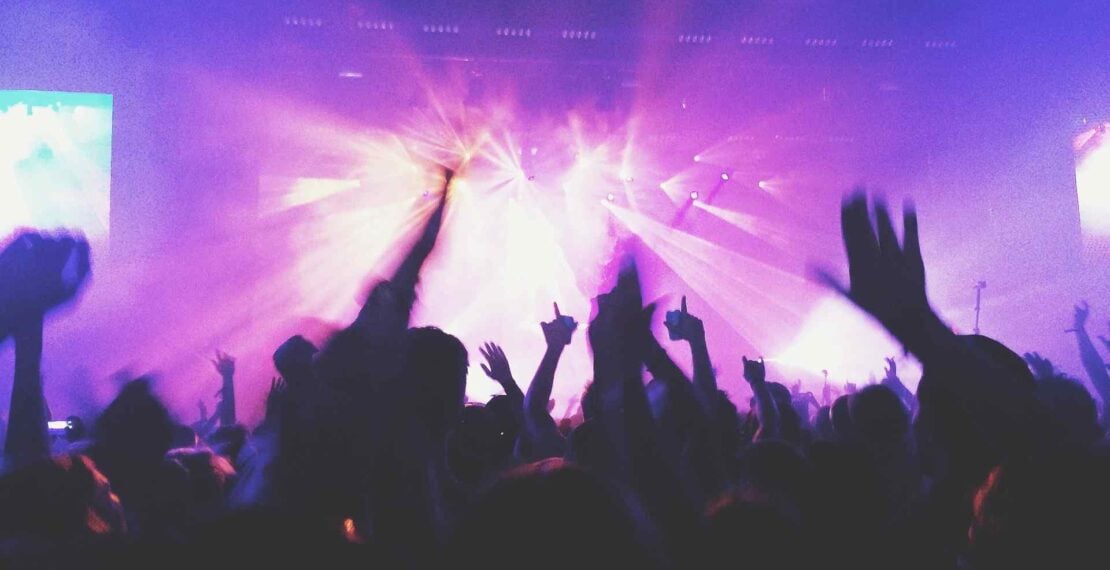
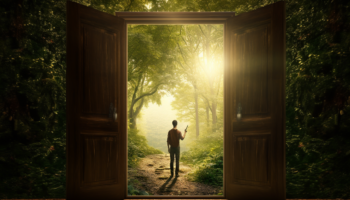

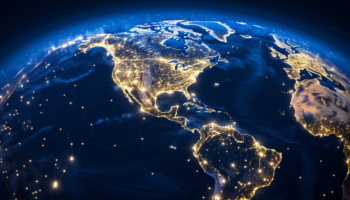

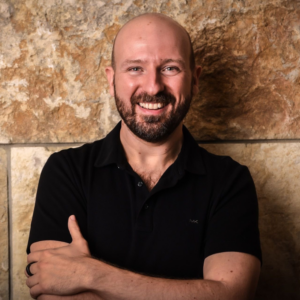
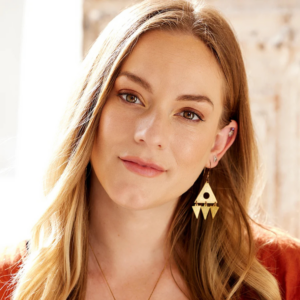
Hell know.
yes, why not ?
no. to much noise and to many idiots
Yes
Under the right circumstances, sure, dance and trance have been a part of us for thousands of years. I just don’t think overconsumption of alcohol and psychoactive substances is ‘healing’ as most people try to escape rather than heal.
Yes
i have to pipe up here that i have healed my psyche and my body through dance. i NEVER danced before 2012. now i love it. i spent a couple years tripping and dancing as a very real healing experience. no alcohol however. or at most one drink on a few random nights.
For me it indeed is…trance like meditative states are healing. Humans dance since thousands of years! And we will continue 😉
I’ve been saying this since getting into the rave scene in the late 90’s. The thumping bass, the light shows, the throngs of people dancing in unison… it all speaks to the antediluvian parts of our brain. There is a tiny speck that remembers dancing around the fire to drums and chanting that will always be there. There is a reason clubs/raves are so cathartic and healing… it is written in our very DNA.
Brian Collins
I do and am curious of your thoughts 🙂
http://goagil.com/Larkin%20Thesis.pdf
When you take away the profit aspects of it.. sure!
No